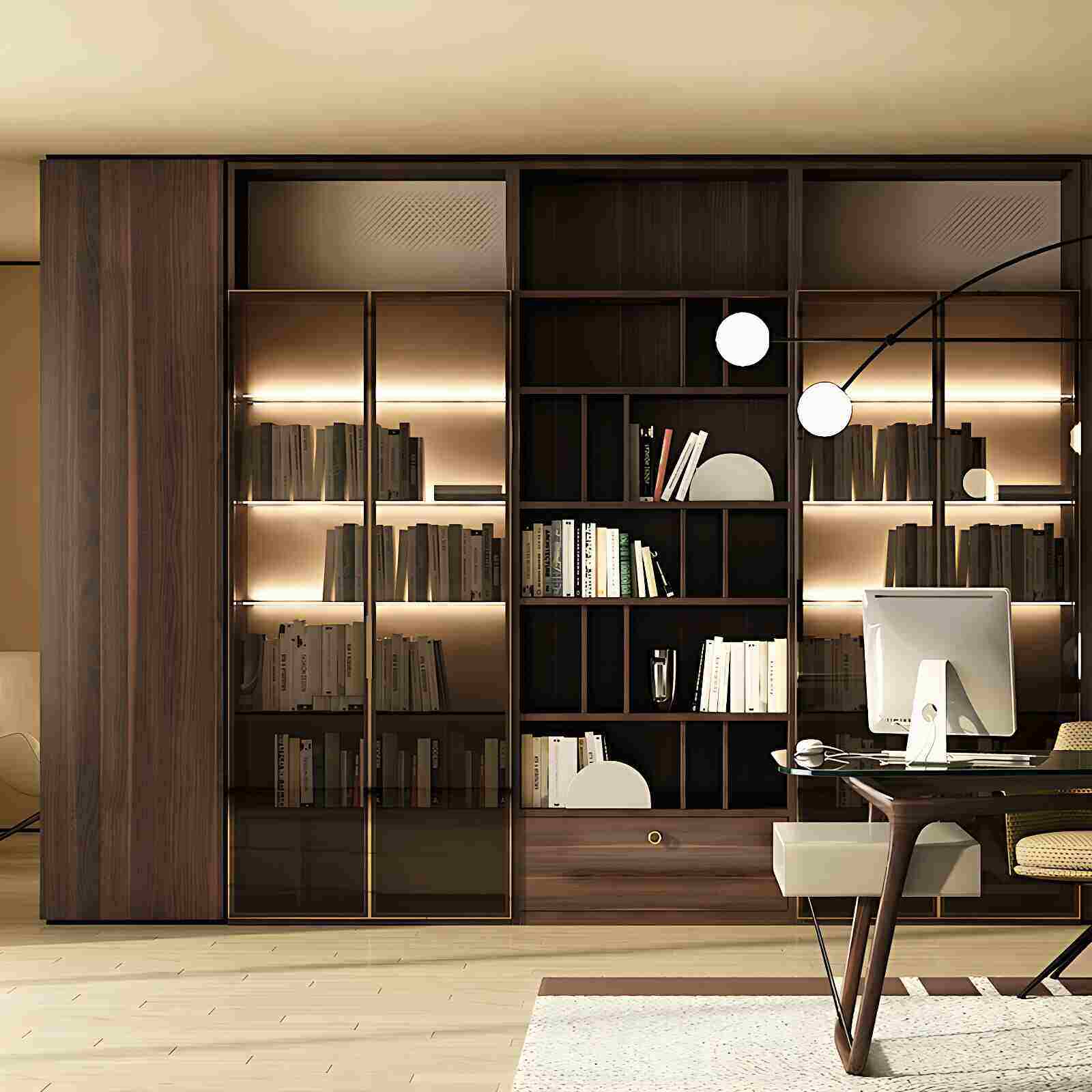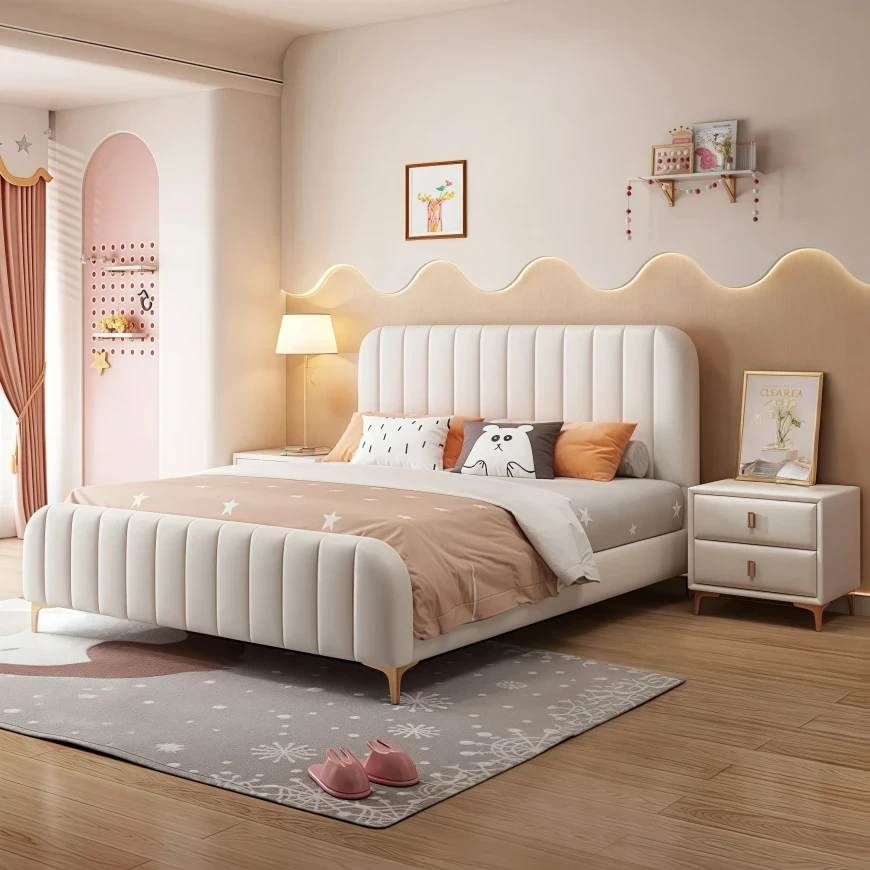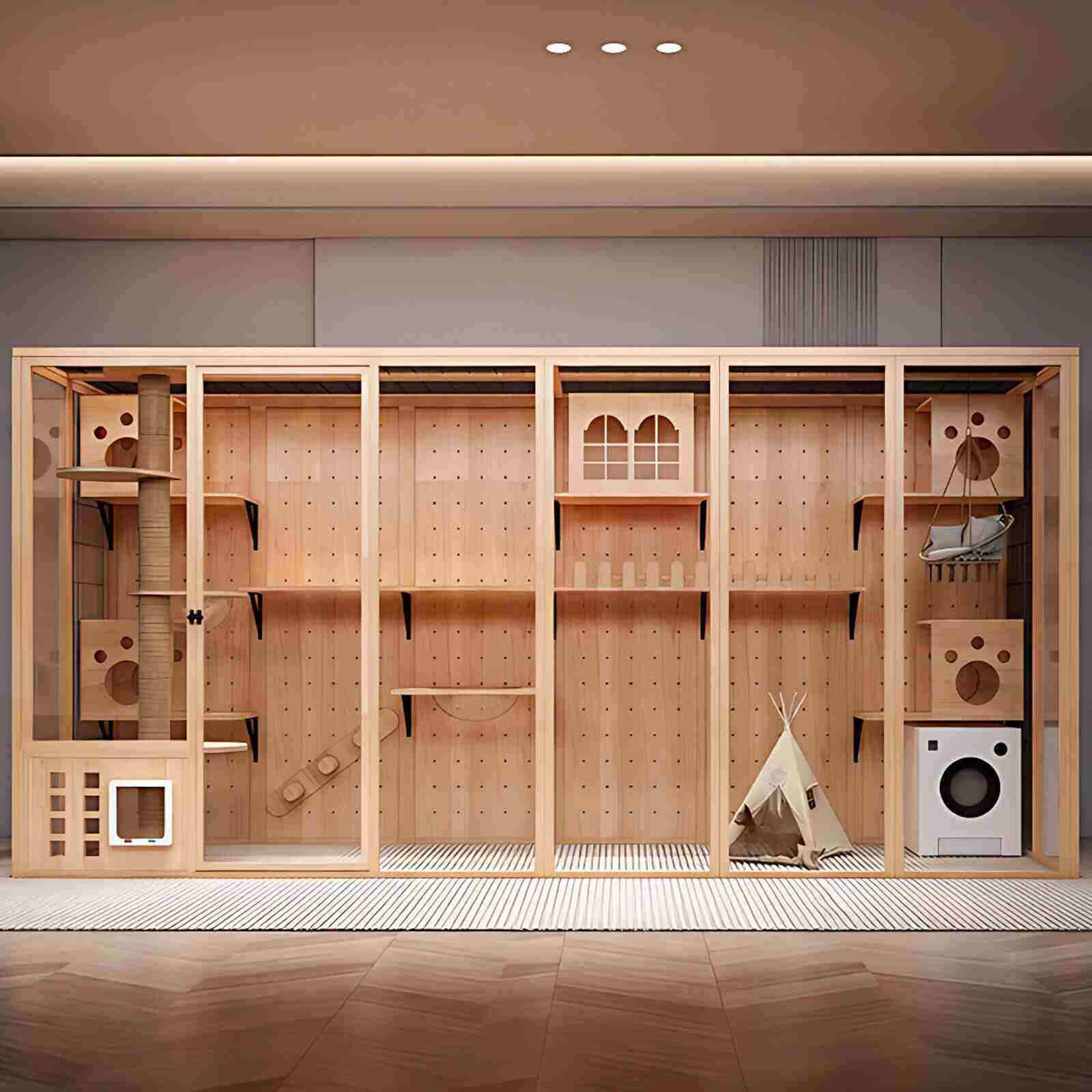People develop a sensory perception of wood by feeling its temperature, softness, hardness, and smoothness through touch and contact.
Wood is an ancient and environmentally friendly material. With economic development and rising living standards, people have increasingly higher demands for their home life. "Getting away from reinforced concrete and returning to nature" has become a major goal for modern people seeking a natural and comfortable life. Human beings' use of and emphasis on wood has also risen to an unprecedented level.
However, in everyday home life, what are the obvious advantages of wood compared to reinforced concrete and modern materials? Let's discuss this from the perspective of the tactile characteristics of wood.
In daily life, we experience different sensations when we come into contact with interior decoration materials, furniture, utensils, and everyday items. These sensations are triggered by the human sense of touch. So what is touch? Touch is a general term for mechanical stimuli such as contact, sliding, and pressure. Tactile receptors are distributed throughout the human body. For example, the skin, located on the surface of the body, relies on free nerve endings to sense various sensations such as temperature, pain, and touch. The ability to distinguish touch allows people to clearly differentiate between the hardness and softness of objects, as well as the differences between cold and hot.
Li Kaifu, Dean of the Guangzhou South China Home Furnishing Health Research Institute, Professor and Doctoral Supervisor at South China Agricultural University, stated that people develop a perceptual understanding of wood through the tactile sensations they experience, such as warmth, softness, hardness, and smoothness. These tactile characteristics make wood a highly desirable material. The tactile properties of wood are closely related to its structure, particularly the way its surface structure is expressed; different tree species exhibit different tactile characteristics.
01. Warmth and Coolness
When we touch a material surface, the temperature change at the interface stimulates our sensory organs, making us feel warm or cold. The sensation of warmth or cold is determined by the temperature change between the skin and the material, as well as the stimulation of our sensory organs by heat perpendicular to that interface.
The perceived warmth or coolness of wood surfaces is linearly related to the logarithm of its thermal conductivity. Since the thermal conductivity of wood along the grain is generally 2-2.5 times that across the grain, the longitudinal section of wood feels slightly warmer than the cross section. Wood's moderate thermal conductivity perfectly suits human needs, creating a warm and harmonious feeling, thus achieving health benefits. This is one of the key reasons why people prefer wood flooring, as it significantly improves the living environment.
As shown in the figure above, the perceived warmth or coolness of a wood surface is inversely proportional to its thermal conductivity. The thermal conductivity of wood affects the heat flux density and velocity within the wood, influencing the temperature and temperature changes at the skin-wood interface, and ultimately, the perceived warmth or coolness of the wood upon contact.
This figure illustrates how the temperature perceived by human skin varies depending on the type of wood and material it comes into contact with. The temperature of the fingers after touching the specimen differs depending on the material used, and the temperature changes in different ways. For polystyrene foam and balsa wood, the temperature increases very slowly; for concrete and high-density woods such as oak, the temperature decreases slowly; and for medium-density woods such as larch, the temperature remains relatively stable.
02. Softness and hardness
Wood has a certain degree of hardness, which varies depending on the tree species. Generally, most coniferous woods are less hard than hardwoods, and the hardness varies greatly between different parts and cross-sections of the same species, resulting in some feeling soft to the touch and others feeling hard and heavy. Studies have shown that the average end-face hardness of wood is 53.5 MPa, ranging from 13.1 to 165 MPa. Specifically, coniferous wood averages 34.3 MPa, ranging from 19.2 to 63.8 MPa, while hardwoods average 60.8 MPa. This level of hardness is moderate or slightly harder than average, providing a comfortable feel during use. Furthermore, wood has good impact resistance, making wood flooring and furniture a reliable choice that provides a sense of security.
03. Roughness
Roughness refers to the tactile sensation caused by roughness and friction. Generally, the smoothness or roughness of a material is determined by the minute irregularities on its surface. Although wood is planed or sanded, the exposed cells on the cut surface prevent it from being completely smooth, giving it a moderate degree of roughness. This property also determines that the coefficient of friction of wood is moderate, with almost no difference between the static and kinetic coefficients. Therefore, wood provides a better walking experience than plastic tiles, especially when the moisture content of the floor surface changes; wooden floors do not become slippery and maintain a good walking feel.
In summary, wood has a generally mild feel to its temperature, and its softness, hardness, and roughness are moderate. These just-right tactile characteristics provide a suitable stimulus, thus creating a comfortable feeling and playing an important regulatory role in people's psychology and health.

 USD
USD
 GBP
GBP
 EUR
EUR



































